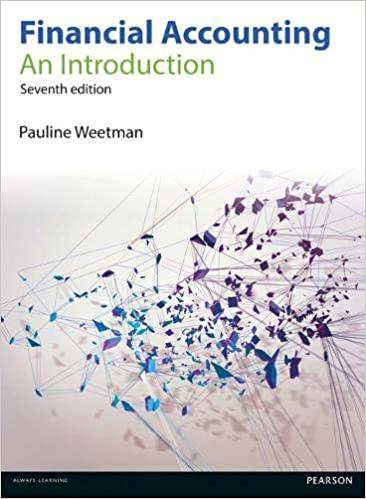


ACTIVITY 17 Spectral Classification of Stars Learning Goals In this activity you will learn to determine fundamental properties of stars from a study of their spectra. By the end of this activity you will be able to: 1. Apply Wien's law to real spectra and estimate the surface temperatures of three stars. 2. Classify stars by their surface temperatures. Step 1-Examining Spectra On the pages that follow, you will find spectra of six stars. For three of these stars, the peak wave- length, surface temperature, and spectral type have been found for you. 1. In Box 17.1, study the comments on the first three stars, and then study the spectra of the last three stars. Comment on your observations for each star in the space provided at the bottom. Step 2 - Finding the Temperature Recall that Wien's law states that the peak wavelength of blackbody radiation, cak is inversely proportional to its temperature, T, in kelvin. Here, we will use the unit angstrom (A) for the wavelength because that is the unit used in the Sloan Digital Sky Survey (SDSS) spectra that we analyze here (1 = 10-10 meter): 2.9 x 10 a reak T 2. Solve for 7, and show the equation here: 3. For the stars with missing information in Table 17.1 (stars II, III, and V), visualize and then draw on the relevant spectrum of Box 17.1 a smooth curve that entirely fits over it. Fig- ures 17.1, 17.2, and 17.3 illustrate how it is done. Find the wavelength at which each star's spectrum peaks and enter it in Table 17.1. You will fill in the other columns as this activity progresses. 4. Using the relationship found above, find the temperatures of the three unclassified stars. Enter your values in Table 17.1 in the correct temperature order, using the examples given for stars I, IV, and VI as guides. Include similar comments about peak wavelengths and tempera- tures for stars II, III, and V in the column adjacent to the spectra. 71 OTABLE 17.1 Characteristics and data for six SDSS stars based on examination of their spectra 7. All stars have cssentially the same exposition for these stars, only the temperatures are dit ferent. Sommarize the physical reasons why the spectre differ for the hot stars versus the cool stars in your classification. That is explain what is going on with the clectrons in the atoms that are in the cispheres of these stars. SIAR ID SURFACE TEMPERATURE (K) SPECTRAL TYPE PEAK WAVELENGTH (A) 10,000 K B 11 111 -4,800 WOOOK ForG O BOX 17.1 A small sample of Sloan Digital Sky Survey stars for determining surface temperatures and classifications. VI > 9,200 A 33,000 6 O 100+ Step 3 Finding the Spectral Type 5. Use the information in Table 17.2 to find the spectral rype of stars II, III, and V. Enter the type of each star into Table 17.1. 6. Generally describe how che per tra change in appearance from the hottest star in the sample, star I, down to the coolest star, star VI. Address bow the overall shapes of the spectra look, how the number and depress of the absorption Lines change and at least one other contrasting feature you note. B 10,00-13,000 7.510-10,000 6000-7500 1 G 5200 5200-6.000 Posk 4000 K 3700-5200 4000 5000 2000 Socc M 10,000 K B 11 111 -4,800 WOOOK ForG O BOX 17.1 A small sample of Sloan Digital Sky Survey stars for determining surface temperatures and classifications. VI > 9,200 A 33,000 6 O 100+ Step 3 Finding the Spectral Type 5. Use the information in Table 17.2 to find the spectral rype of stars II, III, and V. Enter the type of each star into Table 17.1. 6. Generally describe how che per tra change in appearance from the hottest star in the sample, star I, down to the coolest star, star VI. Address bow the overall shapes of the spectra look, how the number and depress of the absorption Lines change and at least one other contrasting feature you note. B 10,00-13,000 7.510-10,000 6000-7500 1 G 5200 5200-6.000 Posk 4000 K 3700-5200 4000 5000 2000 Socc M









